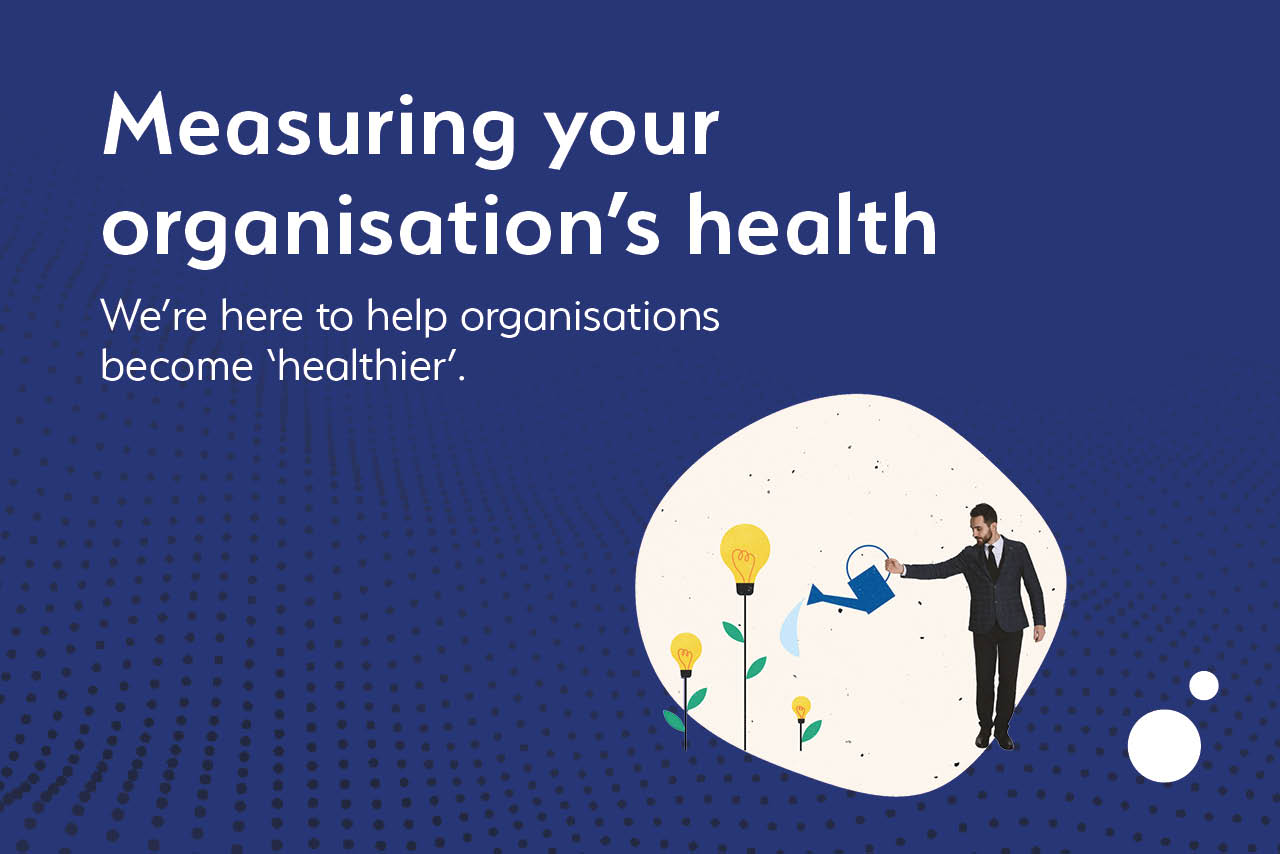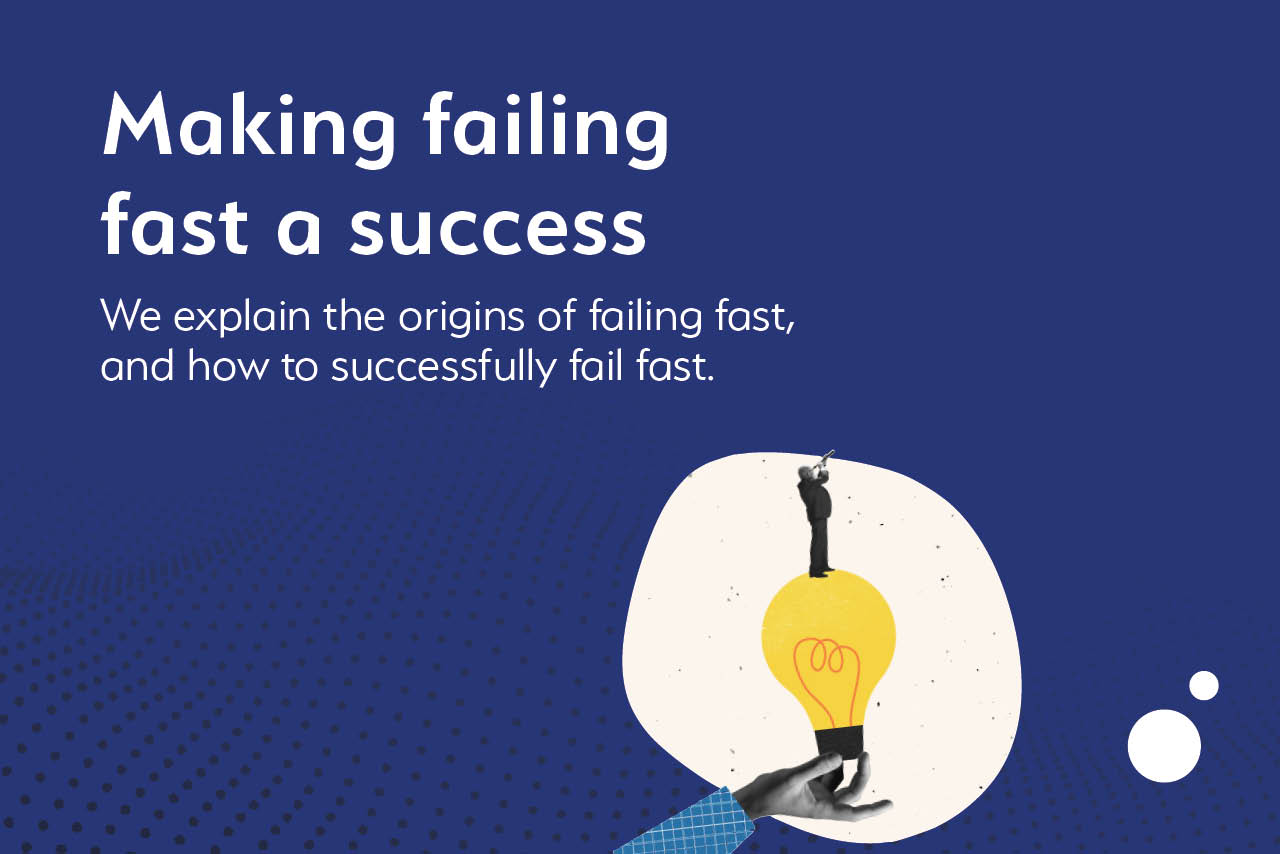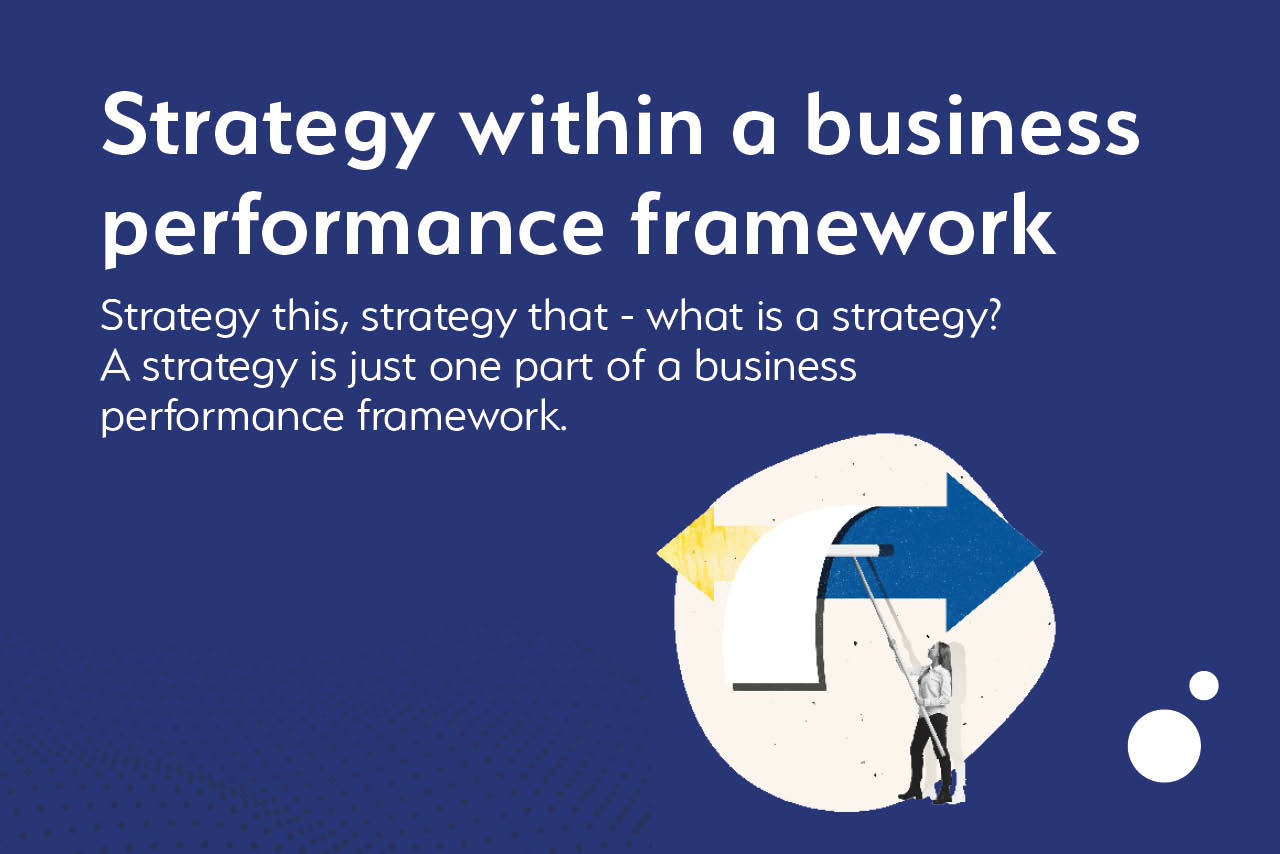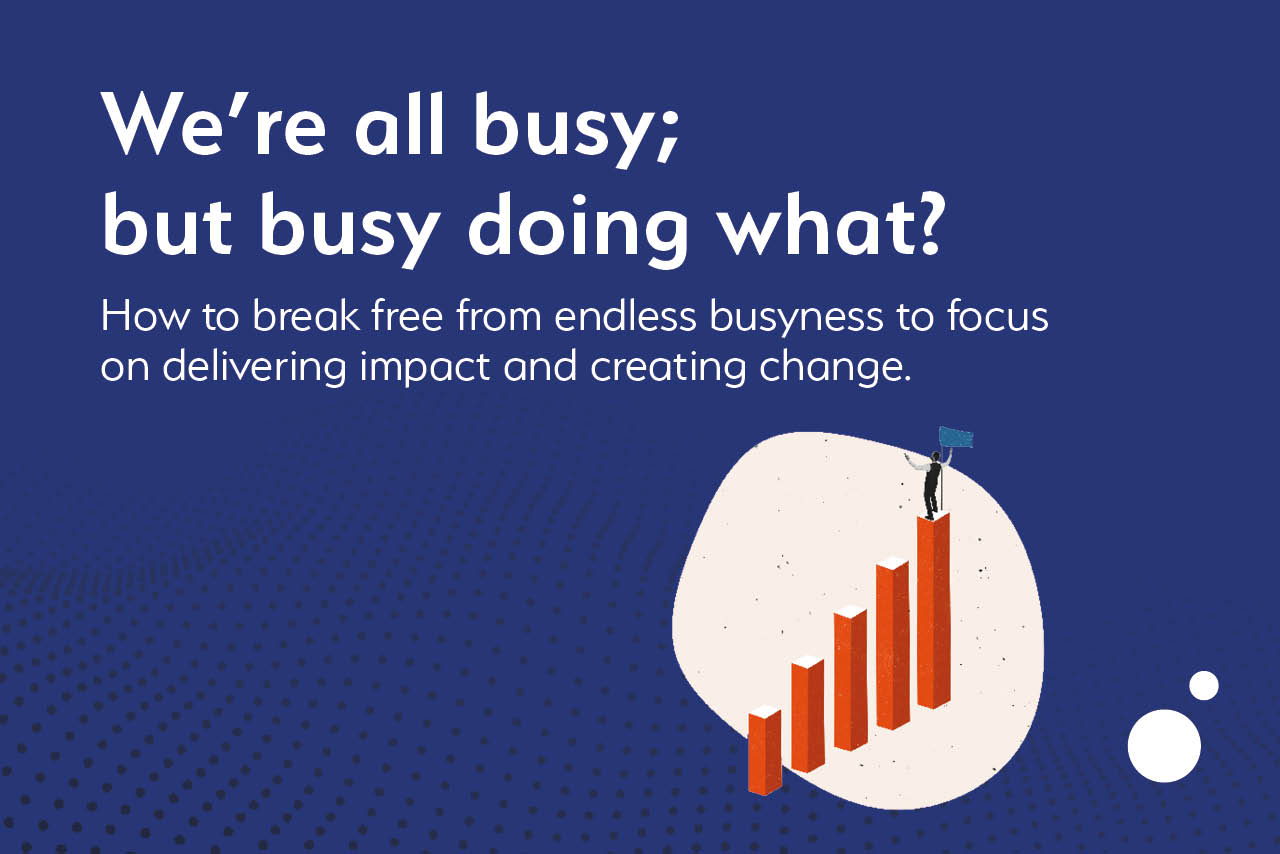Organisational health: How healthy is your organisation?
By Steve Walsh, Head of Jumping
When I first met Dave Hill, my partner in crime at Jumpthink, I’m not sure I’d ever heard the term ‘Organisational Health’, or ‘Organisational Development’.
But, over multiple conversations, we realised we were speaking the same language, if not the same words.
Organisation Health, in my mind, is a mixture of performance, culture and strategy. A measure of how healthy an organisation is, based on these principles.
Or, in simple terms: What you’re trying to achieve, how you’re trying to achieve it, how effective you currently are at achieving it, and how you need to adapt to continue or increase effectiveness.
Sport v Business
In sport, understanding the health of an organisation is relatively straight forward.
Sport is the ultimate hierarchical industry, and the outline of success starts with not necessarily how good you are, but if you’re better or worse than everyone else.
The ‘health’ of a sports organisation is largely dictated by its results. To compliment this, stats are plentiful and meaningful. Measurement is common, freely available and easy.
Understanding the roadmap to success is relatively simple. In business, it’s not quite so linear. Success is much more relative and complex.
Measurement is less engrained, more disparate and more difficult. Personalities are more varied, cultures more diverse and success is dependent on teams of all shapes and sizes.
Einstein noted that, “not everything that can be counted counts and not everything that counts can be counted”.
While this is doubtless the case, where sport leads the way in comparison to business is by being able to understand what winning looks like.
Take the current winning time for the 100m freestyle in swimming, for example – knowing this and knowing your own time means you can objectively measure the gap, and can therefore breakdown the steps and progress needed to go from where you currently are, to the current winning time.
In short, it’s difficult to improve something without assessing where it’s at, and where you want it to be.
Measuring organisational health
This brings us back to the conversations between Dave and I.
We shared a goal of wanting to help organisations become ‘healthier’; become high performing, high achieving with engaged, happy people.
But how can we do that, if we don’t have an agreed measure?
We developed our own methodology to help organisations measure and improve their organisational health: PROPEL.
PROPEL measures the following organisational health segments:
Purpose: How strong is the organisation’s purpose, and to what level are its long, medium and short term activities aligned with its purpose?
Reputation: How is the organisation viewed by staff, stakeholders, customers and the wider world?
Optimism: How optimistic are the organisation’s people about its future?
Preparedness: How prepared is the organisation for change and volatility?
Evolution: How set-up is the organisation for constant evolution?
Leadership: How effective is the leadership within the organisation?
Having stress-tested this methodology, we’re confident PROPEL meets organisational needs while covering the key elements that make-up organisational health in peer-reviewed academic literature.
Measure your own organisational health
We plan to soon release our online software which allows teams to measure their own PROPEL score.
In the meantime, you can start to measure your own organisational health TODAY, in the simplest of ways, such as:
- Ask your team or employees if they know, and can recite, the company’s purpose (Purpose)
- Create an anonymous feedback form on survey monkey and send to clients (Reputation)
- List all the key activities you now do differently compared to this time last year (Evolution)
Whatever you find, keep on measuring, improving and performing.





